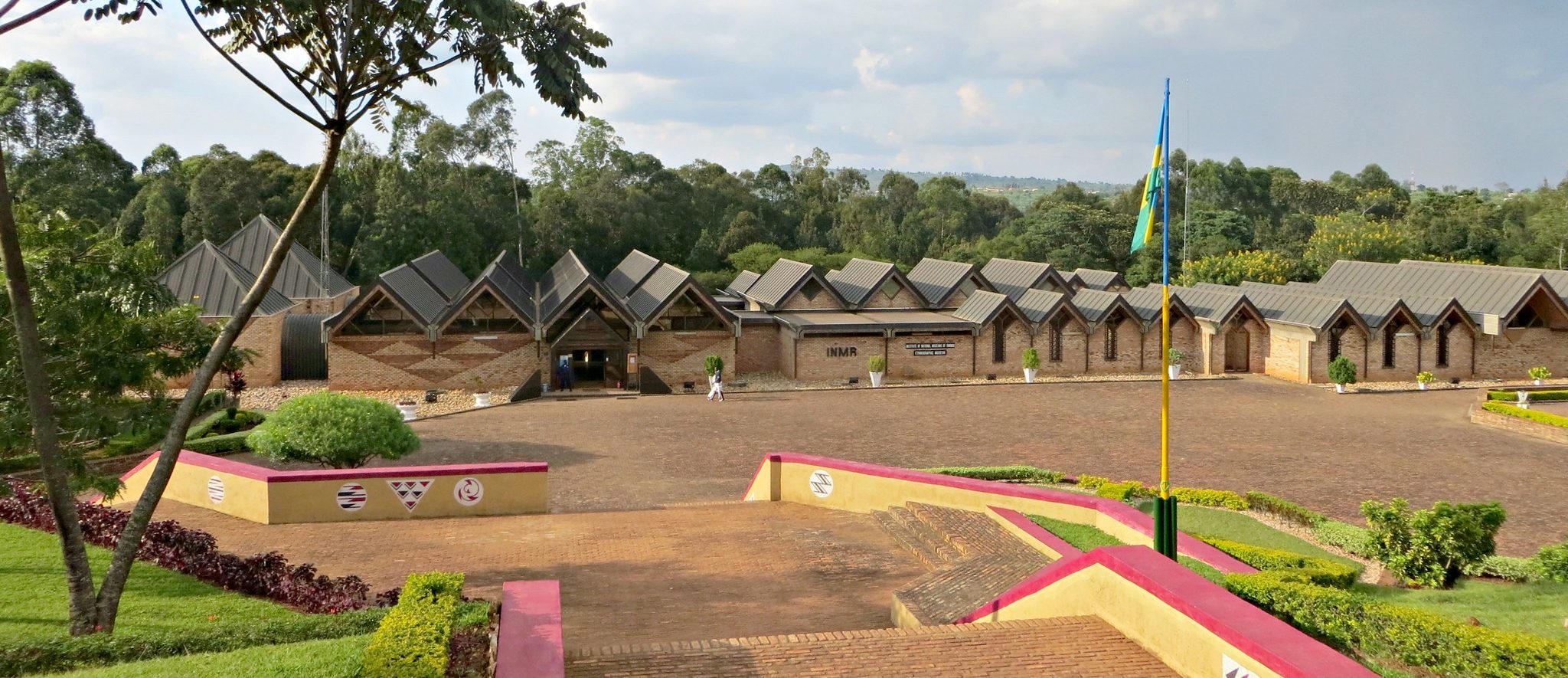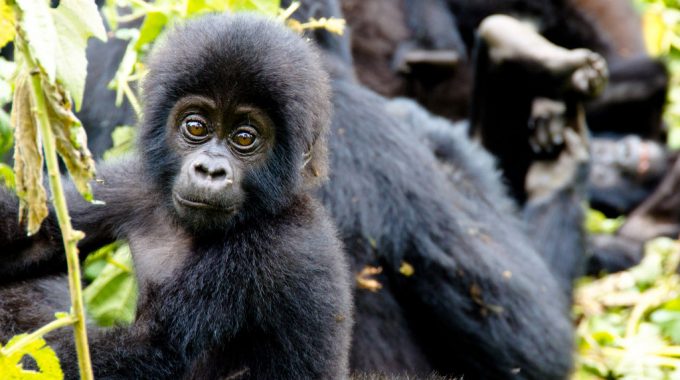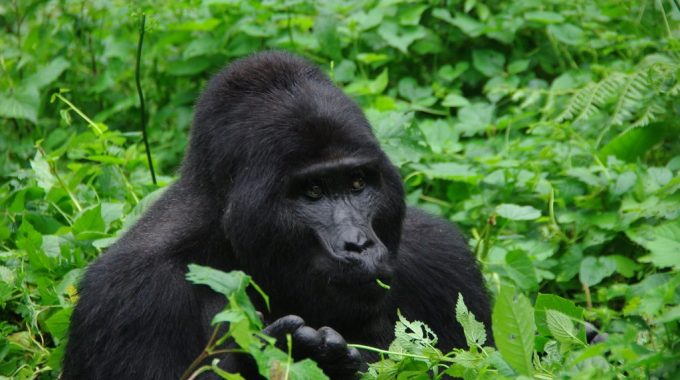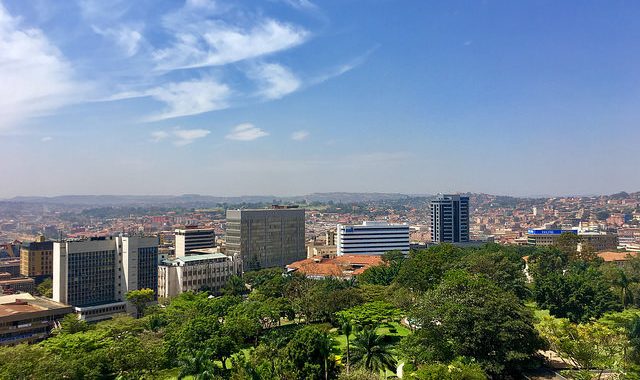Differences Between Gorilla trekking and Gorilla Tracking | Comparison Compare Gorilla Trekking and Gorilla tracking…
ETHNOGRAPHIC MUSEUM IN RWANDA
Guide to visiting the ethnographic museums in Rwanda
Introduction
I can’t think of anything that is interesting and amazing in life than visiting the ethnographic museum in Rwanda. This museum was founded in 1873, and it was later destroyed during the world war 11. The people who survived were put in a permanent home in 1970. This museum has got over 500000 people from around the globe. Ethnographic museum of Rwanda is also known as Inzu ndangamurage in Kinyarwanda. It is so far the biggest museum in Rwanda compared to other museums found there. It is located in butare just 35 kilometers from kigali city center.
The ethnographic museum has a lot of ancient things about Rwanda, traditions and all the historical culture that attract the tourists and hence earn a lot of income which in turn later make the tourists happy yearning to come back again for the same attraction.
Other museums
Rwanda has got other museums apart from butare and these include; rukare ancient history museum, nyanza rwesero art museum and kigali kandat house, Rwanda art museum, museum of environmental gallery, national liberation museum park.
These museums provide a good collection of exhibitions, culture and traditional things about Rwanda
The ethnographic museum was recognized in 1988 by Belgium’s king baudouin 1 who gave it to Rwanda as a gift. The museum is set on 20 hectares of land that covers indigenous vegetation with the traditional craft training center .It also covers a land surface of 25000 m2 with very many rooms where by every room illustrates people from earliest age to the present time .The museum has very many English books novels , and pamphlets which are on sale .Once you buy these books , they will help you to know more about Rwanda and the museums found there .
The ethnographic museum has over seven rooms where by the first room has a galaxy for provisional exhibitions with very many shelves that contain traditional handcrafts for sale .The second room displays the geographical history , ecological and the growth of its territory and inhabitants of Rwanda .The third room shows , the activities of people of Rwanda , like hunting , farming , and the animal keeping .The forth room shows handcrafts , and how the people of Rwanda make different traditional items in their homes such as making mats , baskets , pottery , and leather works .The fifth room shows the architecture , the sixth room shows traditional games and sports and lastly the seventh room shows traditional reciting , customs and poetry .
Functions of the ethnographic museum
First of all, we need to know the definition of a museum before we know its functions. Therefore, a museum is defined as a collecting center of the ancient things of our grandparents. The importance of the museum was to make investigations, protect, make more elaborations about the cultural things, religion, conserve ,display ,contextualize items relevant to the field of ethnography , well come the students from schools who would like to make research most especially those doing history, geography and art at the same time. In this museum , there were people who used to work there , they did a work of collecting and organizing all the ancient things such as the spears , bones , skulls , horns , to mention but a few .More so they used to tell stories to the visitors , perform cultural dances and make their exhibitions .All these used to make the visitors very happy and enjoying because it acted like entertainment to them hence coming back to the same place .
History of the ethnographic museum.
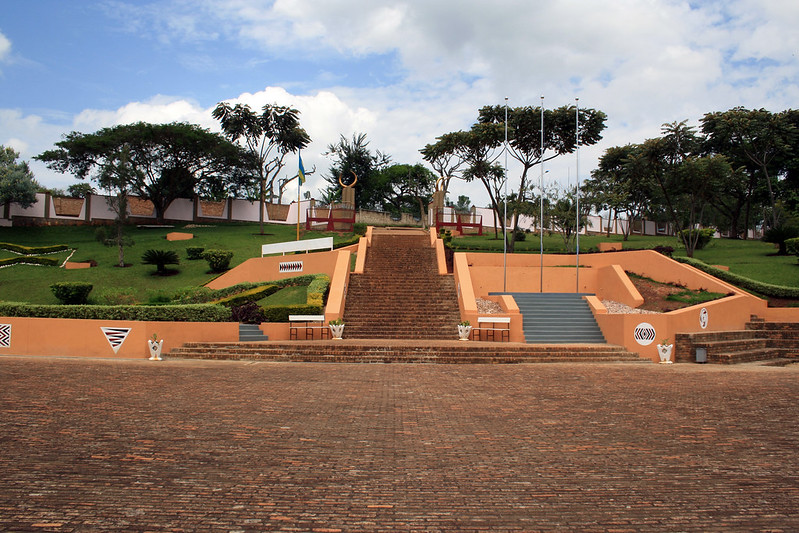 Today, the ethnographic museums have been categorized in two different ways, and these are related to the Intangible Cultural Heritage which is also part of the history of early collections. Ethnographic museums can also be called dialogic museums. It is got in the dialogue with those from whom the collections came, forgetting about how they found their home within the museums’ hollow walls. These museums are said to be places of community collaboration in all aspects of their work.
Today, the ethnographic museums have been categorized in two different ways, and these are related to the Intangible Cultural Heritage which is also part of the history of early collections. Ethnographic museums can also be called dialogic museums. It is got in the dialogue with those from whom the collections came, forgetting about how they found their home within the museums’ hollow walls. These museums are said to be places of community collaboration in all aspects of their work.
It is said that the beginnings of the ethnographic museum are hidden deep in the history of global expansion. Global expansion has been opened in Europe in the 16th and 17th centuries. The following are the things which were found there; the flora and fauna, fossils and minerals, the indigenous people and cultures. The naves drive to collect and get status for economic superiority, and other reasons took hold and private cabinets of curiosities (wunderkammern) filled with representative examples of new materials brought to Europe from afar were established. The cabinets of curiosities speak a lot of ancient collectors’ preconceptions about the world, and their place in it, then they do about the items they contain (Stanton, 2011). Objects derived from newly found cultural groups, which were seen as an-other, came primarily from so-called primitive societies no matter how sophisticated their social structure. According to Silva and Gordon in (2013), the early collections were elaborated as the “areas of conservation, research , and exhibition of ancient materials .” most of the people in the private cabinets of curiosity, made the backbones of the un helpful European national ethnographic museums which was founded in the 19th century, and these consisted of the oldest holdings of the Ethnographic Collection of the National Museum of Denmark date to the Danish Royal Kunstkammer and this was introduced in 17th and 18th centuries. It consists of ethnographic and archeological things from non-European natives. The ruler of Russia, Peter the Great, organized many collections to build the first state museum which was to be staged in St. Petersburg, the Kunstkammer (History of the First Russian Museum) He did all this in the 18th centuries. Initially, this consisted of natural history objects. Thereafter, the separate ethnographic collection was put in place with the specimens from the natives.in the 19th century.
This continued till the twentieth century where by very many of ethnographic museums maintained the model established by the cabinets of curiosity; they had no interpretive exhibits with much elaborated information. These collections of well looking objects, were compared to the mid-twentieth century, which were organized by the country of origin. In conclusion, the displays totaled to densely presented open storage. This knowledge was got from the museum’s curators
Accommodations near the ethnographic museum
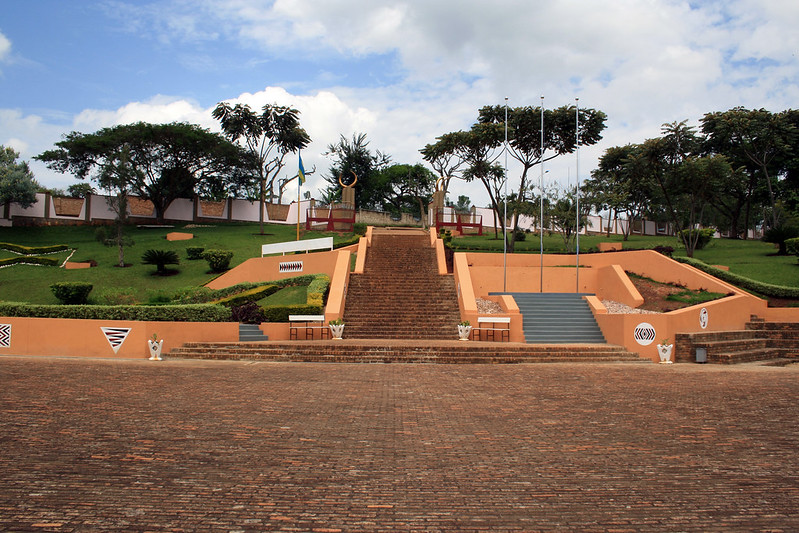
Motel Mont huye
This is a 2.5 star; it is located 0.3 miles to ethnographic museum of Rwanda. It has rooms which are ensuite with bathrooms and toilets inside. The rooms include the double rooms , single rooms , family rooms and standard rooms .The rooms have hot water and warm water which every tourist prefers .The rooms have a bar which is filled up with all the types of drinks that any tourist may like .They also have a restaurant which gives the tourists all the types of meals they prefer depending on the price and the visitors choices .The motel also has a balcony which gives a great view to the tourists to see different museums and the kigali city .
Semuhungu apartments
This apartment is o.1 miles to ethnographic museum of Rwanda. It has rooms which are ensuite with bathrooms and toilets inside. The rooms include the double rooms , single rooms , family rooms and standard rooms .The rooms have hot water and warm water which every tourist prefers .The rooms have a bar which is filled up with all the types of drinks that any tourist may like .They also have a restaurant which gives the tourists all the types of meals they prefer depending on the price and the visitors choices .The a apartment also has a balcony which gives a great view to the tourists to see different museums and the kigali city. The apartment has a swimming pool, free Wi-Fi, and an electric kettle where they boil the water from.
Apartamenty chleb/wino
This apartment is 0.23 miles from the ethnographic museum of Rwanda. It has rooms which are ensuite with bathrooms and toilets inside. The rooms include the double rooms , single rooms , family rooms and standard rooms .The rooms have hot water and warm water which every tourist prefers .The rooms have a bar which is filled up with all the types of drinks that any tourist may like .They also have a restaurant which gives the tourists all the types of meals they prefer depending on the price and the visitors choices .The a apartment also has a balcony which gives a beautiful view to the tourists to see different museums and the kigali city. The apartment has a swimming pool, free Wi-Fi, an electric kettle where they boil the water from and a reception.
B and B Hotel Torun
This apartment is 0.23 kilometers from the ethnographic museum of Rwanda. It has rooms which are ensuite with bathrooms and toilets inside. The rooms include the double rooms , single rooms , family rooms and standard rooms .The rooms have hot water and warm water which every tourist may prefer .The rooms have a bar which is filled up with all the types of drinks that any tourist may like .They also have a restaurant which gives the tourists all the types of meals they prefer depending on the price and the visitors choices .The a apartment also has a balcony which gives a great view to the tourists to see different museums and the kigali city. The apartment has a swimming pool, free Wi-Fi, and an electric kettle where they boil the water from during their free time. The hotel costs 34 dollars per person and per night.
Apartamenty prosta 12
This apartment is 0.23 kilometers from the ethnographic museum of Rwanda. It has rooms which are ensuite with bathrooms and toilets inside. The rooms include the double rooms , single rooms , family rooms and standard rooms .The rooms have hot water and warm water which every tourist prefers .The rooms have a bar which is filled up with all the types of drinks that any tourist may like .They also have a restaurant which gives the tourists all the types of meals they prefer depending on the price and the visitors choices .The a apartment also has a balcony which gives a great view to the tourists to see different museums and the kigali city. The apartment has a swimming pool, free Wi-Fi, and an electric kettle where they boil the water from. The apartment costs 36 dollars per person.
Mona Lisa
This apartment is 0.46 kilometers from the ethnographic museum of Rwanda. It has rooms which are ensuite with bathrooms and toilets inside. The rooms include the double rooms , single rooms , family rooms and standard rooms .The rooms have hot water and warm water which every tourist may like .The rooms have a bar which is filled up with all the types of drinks that any tourist may like .They also have a restaurant which gives the tourists all the types of meals they prefer depending on the price and the visitors choices .The a apartment also has a balcony which gives a great view to the tourists to see different museums and the kigali city. The apartment has a swimming pool, free Wi-Fi, and an electric kettle where they boil the water from. The hotel costs 61 dollars per person and per night.
Hotel Nicolaus.
This apartment is 0.46 kilometers from the ethnographic museum of Rwanda. It has rooms which are ensuite with bathrooms and toilets inside. The rooms include the double , single , family and standard rooms .The rooms have hot and warm water which every tourist prefers during his stay at the hotel .The rooms have a bar which is filled up with all the types of drinks that any tourist may like .They also have a restaurant which gives the tourists all the types of meals they prefer depending on the price and the visitors choices .The a apartment also has a balcony which gives a great view to the tourists to see different museums and the kigali city. The apartment has a swimming pool, free Wi-Fi, and an electric kettle where they boil the water from. The hotel costs 62 dollars per person and per night.
Conclusion
So, all in all, we need to know what the ethnographic museum means deeply in terms of intangible heritage and human cultural behavior. Very many factors have been brought together to make this a complete, an organized, and understandable museum. However, this may look otherwise, the primary focus of the ethnographic museum is not the object. The cultures of the natives who made the objects are also brought together, elaborated, and kept in the walls of the museum.

